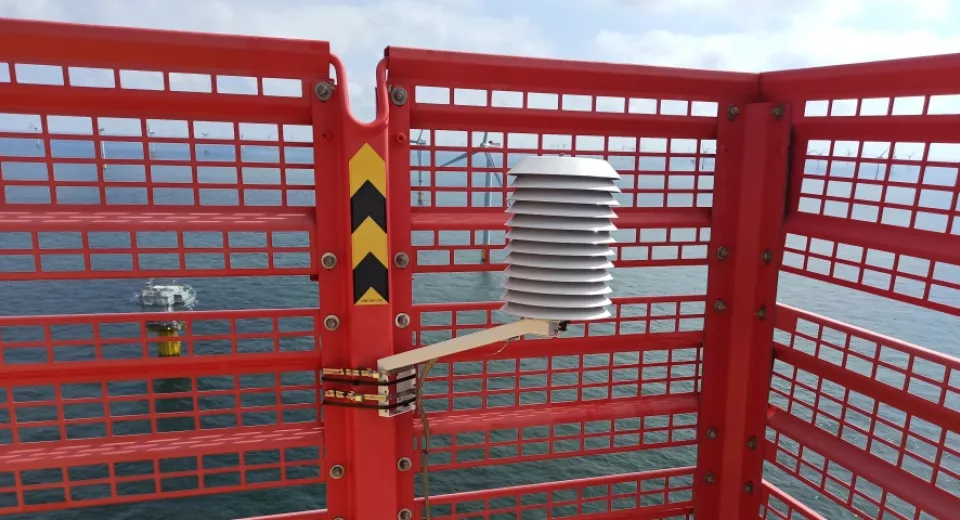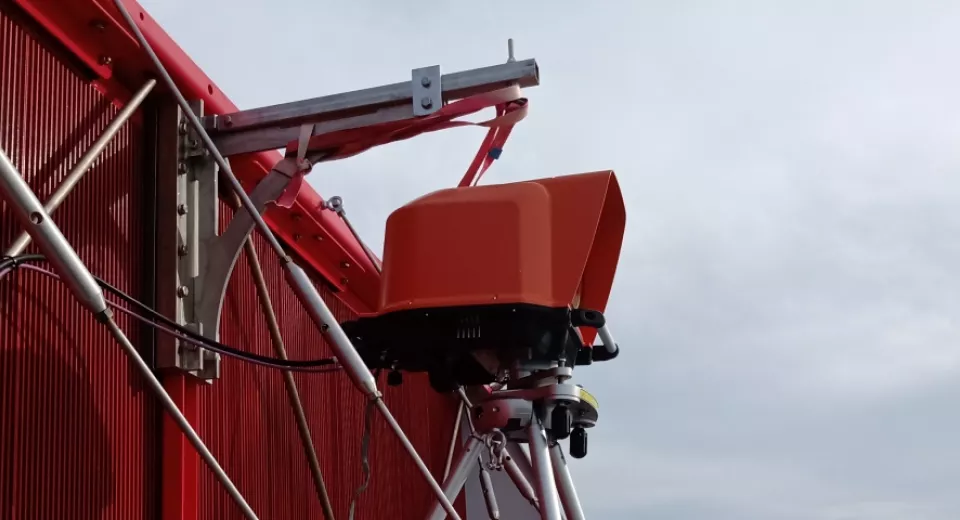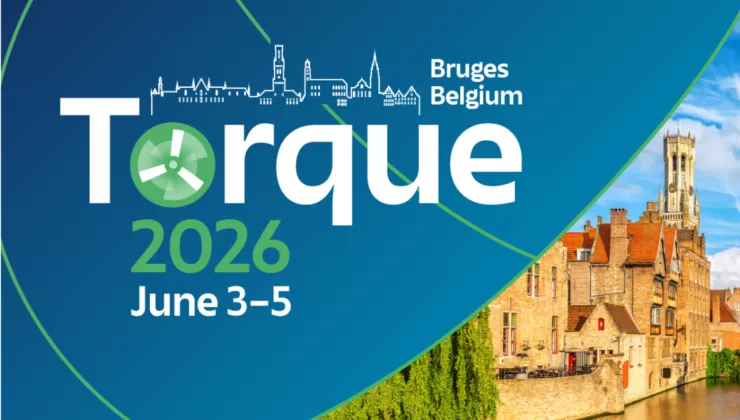Learn more about the RAINBOW project
The RAINBOW project studies the degrading impact of leading edge erosion of the wind turbine blades. Leading edge erosion leads to increasing damage to wind turbine blades, which goes hand in hand with production losses. Such losses result in financial losses ranging from € 56 million to € 75 million a year for the European offshore wind energy sector.
The erosion can be detected during inspections of the blades by means of drones. These inspections only take place once or twice a year. Late detection of the erosion may lead to expensive interventions and repairs. The question that arises is from what degradation level (and resulting production losses) the repair of blades is worth the effort.

Efficiency
Within the scope of RAINBOW, ENGIE Laborelec is responsible for the accurate measurement of the efficiency of one wind turbine. By monitoring the efficiency of a wind turbine for a longer period of time, it should be possible to use the losses due to leading edge erosion as an indication of the blade’s developing degradation.
A wind turbine’s efficiency is represented by its power curve, which shows the relationship between the free wind speed and the electrical power generated by the wind turbine. The free wind speed is the unobstructed wind speed the wind turbine is subjected to.
LiDAR and air density
The wind speed measured at the wind turbine itself paints a distorted picture of reality, since the wind turbine generates energy from the wind, thereby reducing the wind speed. The wind speed is therefore measured at some distance in front of the wind turbine by means of LiDAR technology. LiDAR makes use of laser technology to calculate the wind speed and wind direction up to 400 metres in front of the wind turbine.
A wind turbine’s electric potential is also influenced by the air density, since dense air contains more energy than lighter air. That’s why the measurements are corrected on the basis of the air density, which is calculated by measuring the temperature, humidity and atmospheric pressure. Finally, the electricity production of the wind turbine itself is measured on the basis of currents and voltages.

Present and future
ENGIE Laborelec continuously monitors the efficiency of one of the wind turbines in the Rentel offshore wind farm (operated by Otary) within the scope of the RAINBOW project. The measurements began in November 2021 and will continue until the end of the project in 2024.
The company has also applied for accreditation with BELAC (the Belgian Accreditation Body) to conduct certified efficiency measurements for Belgian & international wind turbine operators. The experience gained from projects such as RAINBOW can subsequently be used to help identify the causes of reduced efficiency on the basis of objective measurements acceptable to all parties.
Background information
RAINBOW is an ICON project facilitated by Blue Cluster and SIM. The project partners are Otary, Norther, Engie Laborelec, VKI, VUB, Sirris and SABCA The project receives financial support from Flanders Innovation & Entrepreneurship (VLAIO) and Innoviris.


